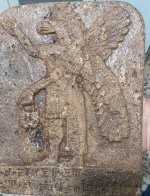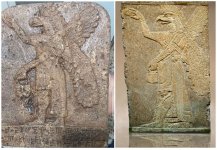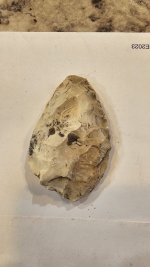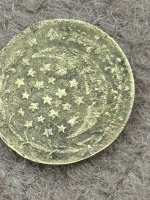Hello,
This is the first time I post here , I don't know if this is the right form for posting this ,I apologise from the admin if its wrong place.
I have a Sumerian tablet I would like to ask how much does worth ,we found it in cave in jordan and can we know if its not fake .
I will attache the photo, thanks for your help
This is the first time I post here , I don't know if this is the right form for posting this ,I apologise from the admin if its wrong place.
I have a Sumerian tablet I would like to ask how much does worth ,we found it in cave in jordan and can we know if its not fake .
I will attache the photo, thanks for your help







